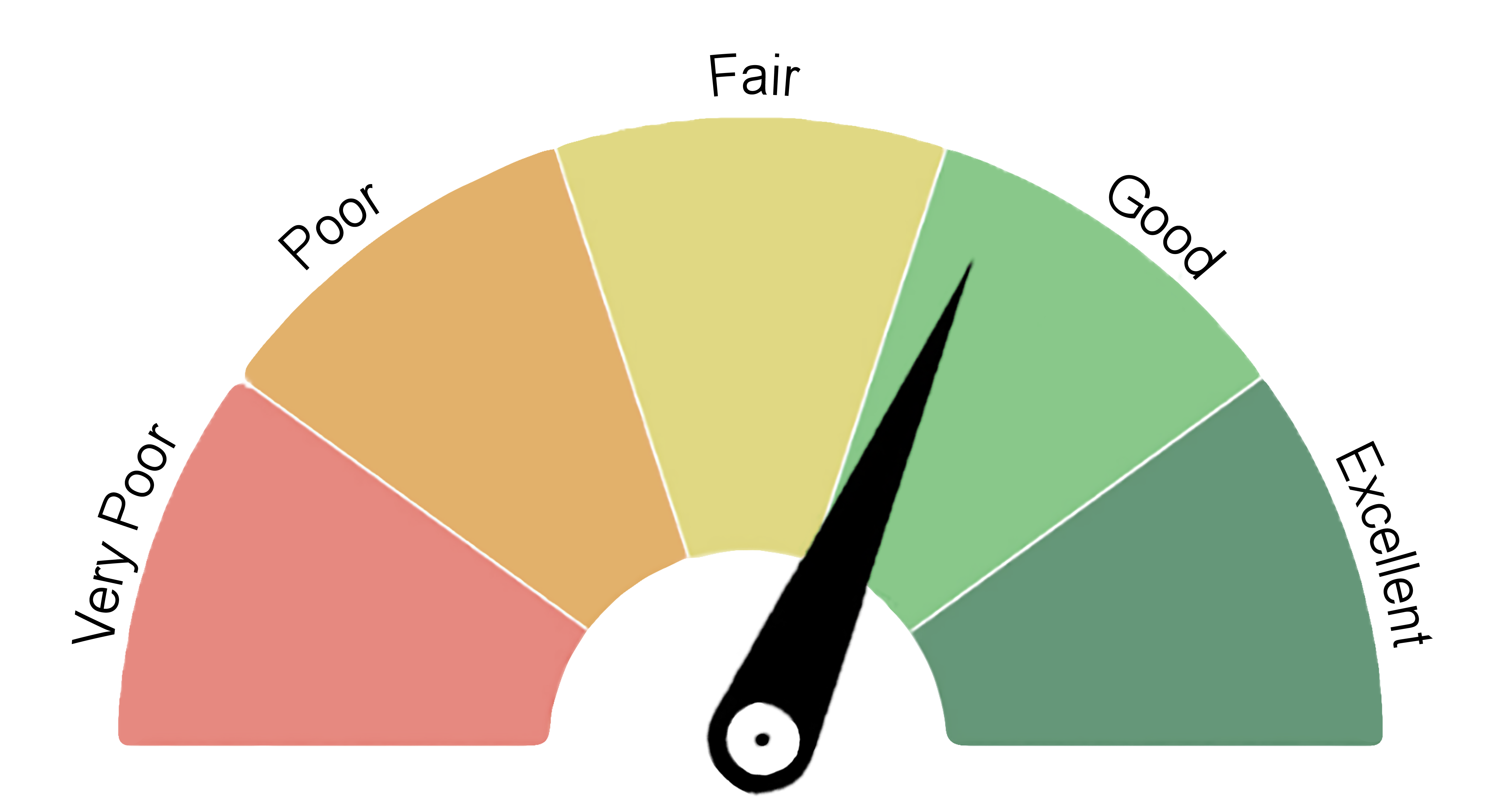Shared Leadership Mapping
Good leadership encompasses a variety of competencies, ranging from tactical insight, over motivational capacities and empathy, to communicative skills. We can bring these characteristics together in four different leadership roles, each of them being essential for an optimal team functioning:
Task leader
The task leader takes the lead on the field, focuses on the team goals and assists in taking strategic decisions.
Motivational leader
The motivational leader encourages team members to give their best effort and steers emotions on the field in the right direction.
Social leader
The social leader promotes good relations within the team, cultivates a good team atmosphere, and is trusted by the other team members.
External leader
The external leader is responsible for the communication with external partners such as the media and the club management.
Dare to look beyond the team captain when you appoint leaders on these four leadership roles. Our research revealed that only in 1 on 100 teams these leadership roles were occupied by on and the same person. Recent evidence further clarified, however, that this should not be a problem. Indeed, teams embracing shared leadership, in which the four leadership roles were occupied by different persons, were found to be characterised by higher team confidence, a stronger team identity, and a higher place on the ranking compared with team with one heroic leader that excelled on all four leadership roles.
"The quality of your team leaders can make or break your season."
Sandra Kay Yow, the coach who led the US Woman basketball team to an Olympic gold medal.
Appointing the right leaders is thus the key to success. We would like to help you in this endeavour with our Shared Leadership Mapping analysis: validated by research ánd on the field!
Our Shared Leadership Mapping starts from an online assessment in which team members rate each other leadership qualities on each of the four leadership roles. Players can complete this assessment at home, which takes maximally 30 minutes of their time. Relying on our innovative technology, we then map the otherwise invisible network that is decisive for your team culture. The result is a crystal clear view on the key figures on your team.
Important
The resulting leadership report is treated confidentially and is only shared with you as coach or sport psychologist. The results will not be shared with individual players.
A comprehensive leadership report
1. A leadership network for each of the four roles
The leadership network is a visual representation of the leadership relationships between the team members.
- The bigger the node of a player, the more this player is perceived as a good leader by his/her teammates.
- The arrows point at perceptions of very good leadership (dark blue full line) and good leadership (light blue dashed line).
- If you would opt to include the coach in the leadership analysis, the node of the coach will be marked in yellow. This is however no obligation.
By mapping this leadership structure, it becomes clear whether the key figures in the team are perceived as good leaders by the entire team or just by a limited number of their teammates. Furthermore, this visualisation allows you to identify potential cliques.

2. Gauges reveal team-level insights
In addition to a visual representation of the leadership structure in the team, we also report team-level network information for each of the leadership roles.

The gauge on the leadership potential within the team gives insight in the amount of leadership quality that is present in the team.

In addition, the gauge that reflects the leadership structure within the team indicates to what extent the leadership is spread within the team.
A hierarchical leadership structure points here at a strongly centralised network where one person (e.g., the coach or team captain) clearly takes the lead and where there is not much room left for initiative of other team members. A structure of shared leadership, on the other hand, indicates that the leadership is shared by multiple team members. Ideally, teams have on average a high amount of leadership in their team that is spread over multiple team members.
This information allows you then to compare the leadership structure of different teams with each other or to follow up one particular team throughout time.
3. Detailed scores for each individual player
For each of the leadership roles we also add a graph that reveals detailed insights for each team member. In this way, you can see to what extent each team member is perceived as a good leader, both by their teammates and by their coach. Furthermore, this graph also includes team members' self-perception, which reflects the extent to which they perceive themselves to be a good leader. Finally, we also report the motivation of each team member to take up a particular leadership role within their team.

4. Clear conclusions guide the way
For each of the 4 leadership roles, the most important statistics and relations are highlighted in a summarising text. This information helps you getting started to implement an effective structure of shared leadership in your team and further optimise the teamwork. You can put these conclusions together with your own insights in the team to find the most optimal role allocation for your team.
What can you expect?
This leadership report gives you insight in the key figures of your team. You can utilise these insights to share your own leadership more effectively by formally appointing the highest-quality athlete leaders in your team whose leadership is supported by their teammates. By transferring more responsibilities to these athlete leaders, you will increase the support base when making decisions, as well as the commitment and motivation of your players. Furthermore, our research highlights a variety of benefits that are associated with such a structure of shared leadership, ranging from an optimal team functioning, over improved team performance, to athlete health and well-being.
